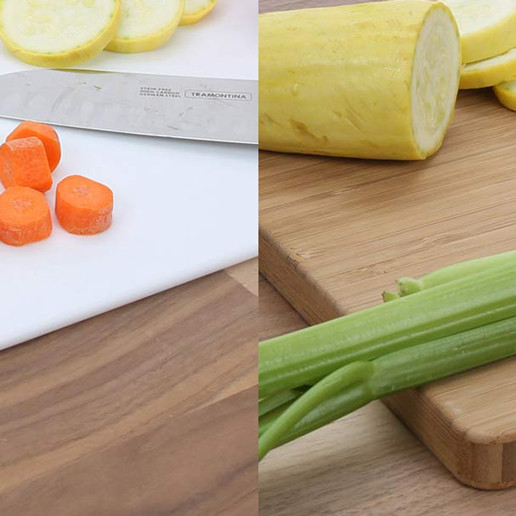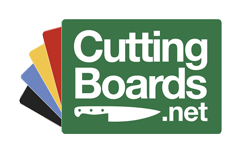
Difference Between Plastic and Wood Cutting Boards
We get asked this question a good bit. Should I get plastic or wood? Most health inspectors prefer that you have plastic cutting boards in your commercial kitchen for food safety quality. We also offer anti-microbial white poly cutting boards.
Don't take our word for it, check out what the University of Missouri says about wood cutting boards.
From Glenda Kinder, Nutrition and Helath Education, University of Missouri
Plastic cutting boards have the seal of approval from research scientists. According to studies, wood cutting boards were more likely to retain bacteria than plastic cutting boards, even after a thorough scrubbing with a cleanser. Bacteria can be absorbed into the pores of wooden cutting boards. Contrary to earlier studies, the bacteria didn’t die in these wooden boards. About 75% of the bacteria lay dormant where they could potentially contaminate other foods placed on the board.
Here are some guidelines for use of cutting boards:
- Cut meat and poultry on plastic, marble or glass cutting boards with unmarred surfaces.
- Do not chop salad vegetables on a cutting board used to trim raw meat. Avoid cross contamination by using a separate cutting board for fresh vegetables, fruits, and breads.
- Wash all cutting boards – plastic and wooden thoroughly with hot soapy water after each use. Automatic dishwashers are very effective cleaners for most cutting boards; however, thin plastic or wooden boards may be damaged by dishwashers.
- Discard cutting boards with deep grooves or cuts that can harbor bacteria. Foodborne illness outbreaks have been attributed to using wooden cutting boards in food manufacturing.
- Sanitize cutting boards occasionally with a solution of two teaspoons chlorine bleach per quart of water. Flood the board with the solution, let it stand a few minutes and rinse thoroughly with fresh water.
(article from http://extension.missouri.edu/extensioninfonet/article.asp?id=3018)

